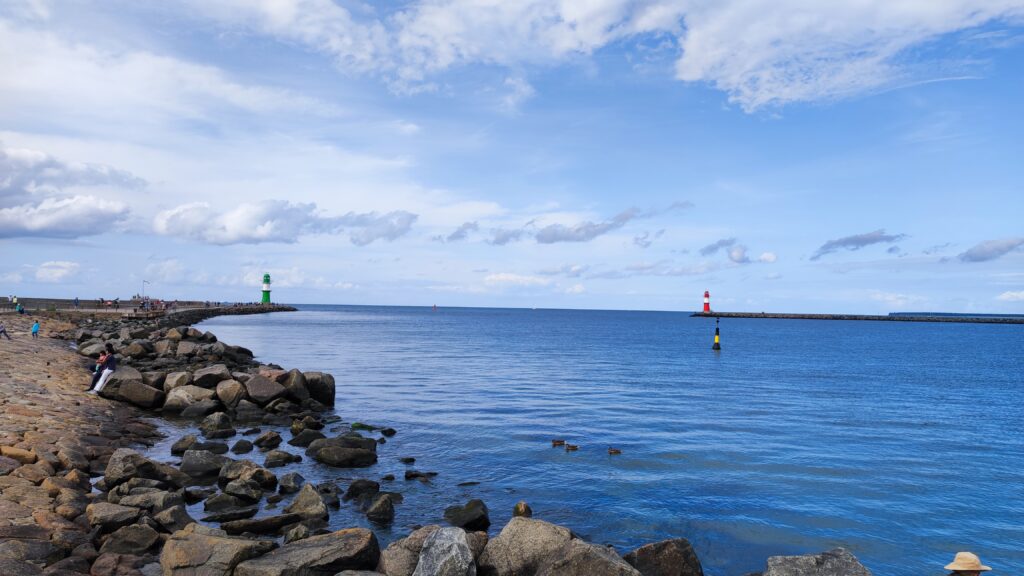This is why water of different seas have different colors
3 min read
Have you ever noticed how some beaches have crystal-clear, turquoise waters while others might look deep blue or even greenish? It’s like the Earth is painting its landscapes with a broad palette of colors. But why do seas have different colors? Let’s dive into this colorful topic, step by step.
What’s in the Water: The Basics
Water itself is colorless, right? If you fill a glass from the tap, it’s clear. So, what gives the ocean its color? The color actually comes from the way sunlight interacts with what’s in or under the water. The color you see can be affected by several factors: the depth of the water, the stuff floating in it, and even the angle of the sun.
The Science of Light: A Quick Detour
Sunlight may look white to us, but it’s actually made up of many colors. You’ve seen these colors if you’ve ever seen a rainbow. When sunlight hits the water, some colors in the light spectrum get absorbed by the water, while others get reflected or scattered. Blue wavelengths are less likely to be absorbed, which is why many seas and oceans appear blue.
Different Places, Different Colors
Now, here comes the fun part. If the water is very deep and clear, it might look a deep, royal blue. But if the water is shallower, or if there are particles like sand, algae, or plant matter floating in it, the color can change. For example:
- Turquoise or Light Blue: In places like the Caribbean, the water is often a stunning turquoise. This is because the water is generally shallow, and the sandy or rocky ocean floor reflects light differently.
- Green: Some seas appear green because of the plant life (like phytoplankton) in them. These tiny plants reflect more green wavelengths of light.
- Brown or Muddy: Near river mouths or after storms, water can look brown or muddy because of all the sediment—that’s tiny pieces of rock and dirt—that gets churned up.
- Red or Pink: Rarely, some beaches can even have red or pink water. This could be due to specific algae blooms or the presence of certain minerals.
Weather and Sunlight: Don’t Forget the Sky
The angle of the sun in the sky and the weather can also affect the sea’s color. On a cloudy day, the sea might look gray because there’s less light to reflect. Early in the morning or late in the afternoon, the angle of the sun can make the sea look a rich, golden color or even multiple shades at once.

Summing it Up: The Sea’s Many Outfits
So, the next time you’re looking at pictures of different beaches and marveling at the variety of colors, remember that each sea is like a chameleon. It changes its colors based on what’s in it, what’s under it, and what’s happening above it. And just like you wouldn’t wear the same outfit every day, the sea likes to change its ‘look’ depending on its mood, the weather, and its surroundings. Isn’t it fascinating how something as simple as water can create such a tapestry of colors across our beautiful planet?



